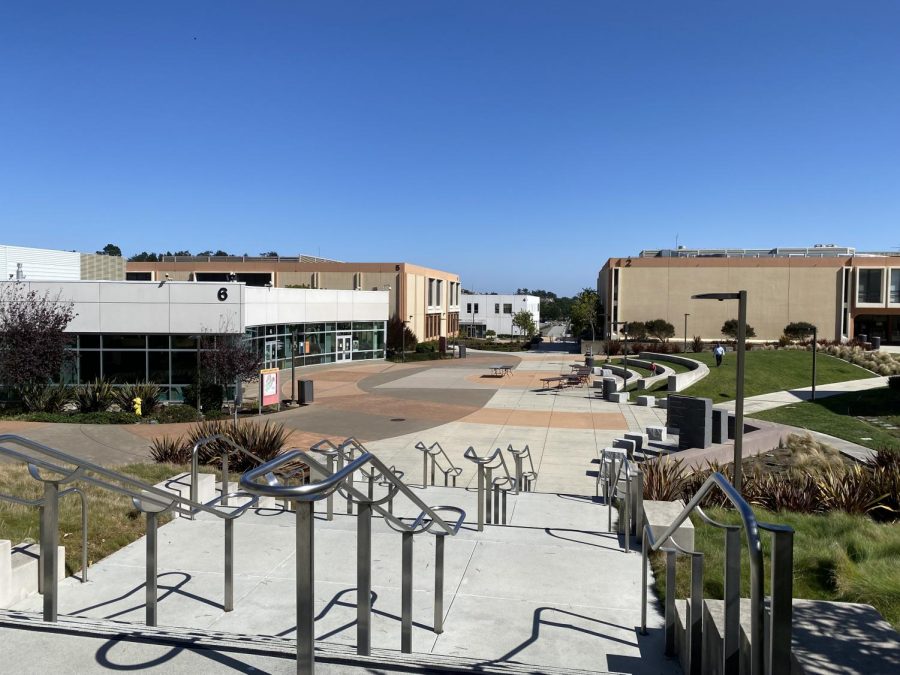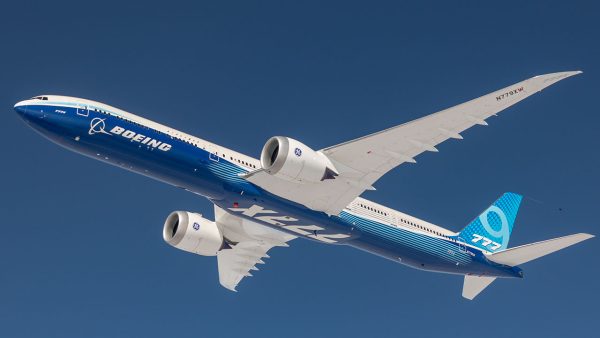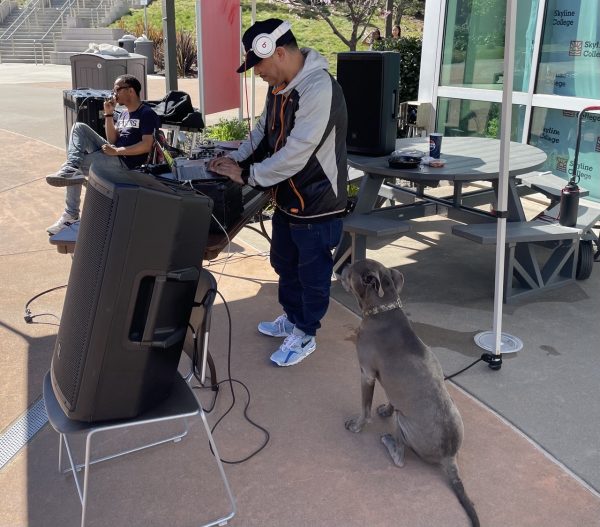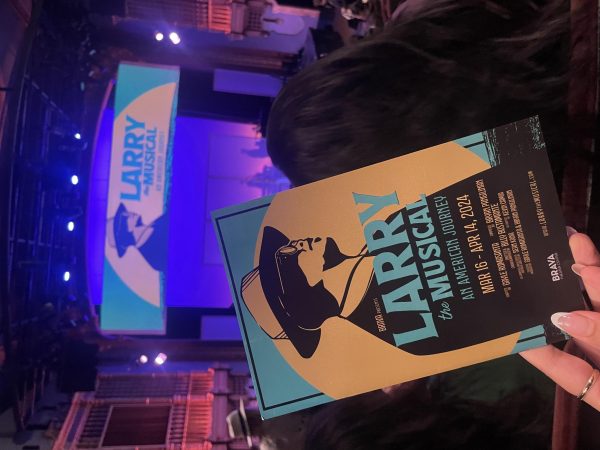SMCCCD provides debt relief with federal funds
HEERF assists students who have been impacted by COVID-19
Skyline’s empty quad on a sunny afternoon
San Mateo Community College District received $76.2 million under emergency grants authorized by the Coronavirus Response and Relief.
Higher Education Emergency Relief Fund (HEERF) was created to provide emergency financial aid grants to students for expenses related to the disruption of campus due to the COVID-19 pandemic. Students that enrolled on or after March 13, 2020, are eligible to receive emergency financial aid grants under the HEERF programs, originally under the CARES Act.
The emergency funds were given to help students cope with expenses related to the COVID-19 pandemic. Students affected by the pandemic are still able to access funding and continue their education. Students could have been victims of losing their job and aren’t able to continue their studies. These funds are what is keeping them at float.
“$2,750 is the highest I have received,” said DonnaRae Lazaro-Alvizo, a third-semester student at Skyline College.
Students that qualify receive the money through BankMobile, a partnership SMCCCD had made to distribute financial aid funds. BankMobile sends students emails to sign up for a disbursement card, direct deposit or a check sent by mail.
“I am just curious where I got the money from, I always thought it was from Promise (scholars program),” Lazaro-Alvizo said. “It’s not the first time I have received money, I would get it every couple of months without any explanation.”
Students would be receiving emails from BankMobile saying that their funds have been released by their school and are now pending. Money is then received 1-2 business days after depending on your bank policies.
“The lowest I have received is $700 to $800,” Lazaro-Alvizo said. “It has been going higher than usual.”
Emails have been sent to students from multiple financial aid programs saying that they qualify for multiple programs so they are unaware of where the money is coming from.
“I’ve received money every semester,” said Abigail Tiongco, a student at Skyline. “I never questioned or asked anyone, assuming that the school is giving me money. I am not going to question that. Money is money.”
Students apply for financial aid and automatically apply for the Cal Grant along leading to the relationship with HEERF. The amount students receive is due to the number of classes or varies based on the number of units that they are taking.
“I don’t think it’s ever been over $2,000,” Tiongco said. “But I don’t think it’s ever been below $1,000.”
With these large amounts of money ranging from $1,250 – $1,625 for non-need-based and $2,000 – $2,750 for need-based students, they have either invested it or saved it for when they plan to transfer schools. Since the cost to attend community college is lower than a four-year college.
Others plan to get rid of their debt from classes and materials. It allows students to use it conservatively and register for classes in the future without setbacks and clean records of debt. Relieving the average debt of $182 per student.
“The money has helped me focus on my studies while not having to work to sustain my spending,” said Joseph Abedejos, a student at Skyline in the respiratory care program. “It’s an accelerated 2 years associates program and it was so rough when I had to work nearly full time and engage in my school work.”
HEERF was designed to help those with accumulated debt due to the pandemic like Abedejos. For many students, the financial funds are why they continue in college in situations. Financial aid has been doing its job of supporting and creating resources for students between the time frame of summer 2020 and 2021.














